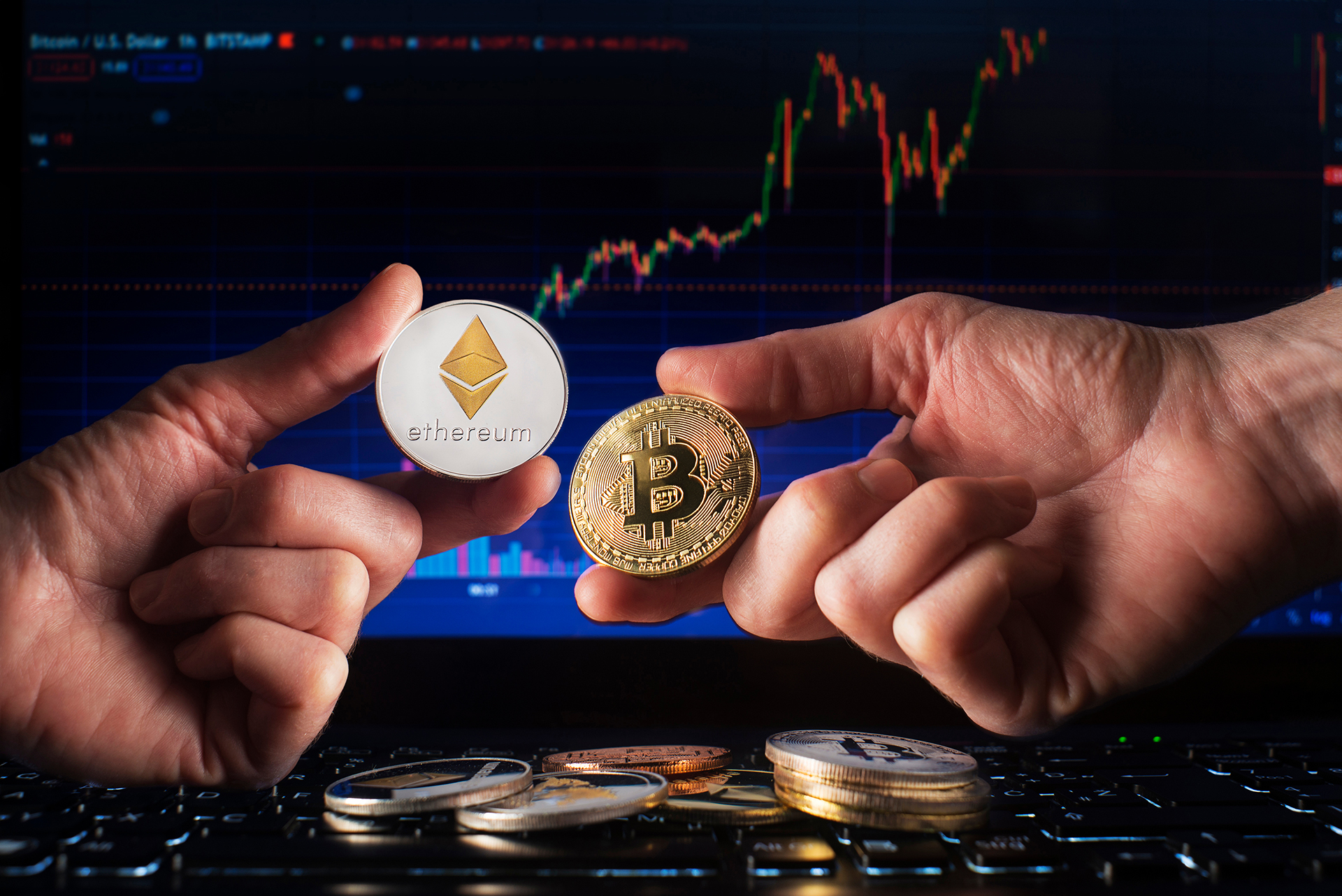Digital Currency-Overview

Transforming Global Finance
Is Crypto currency a future?
“Beyond mere currency, cryptocurrencies promise a future where digital assets reshape economies and empower individuals worldwide.”
Today’s Cryptocurrency Prices by Market Cap
| # | Name | Price | Changes 24h | Market CAP | Supply |
|---|
Crypto Currency Calculator:
Accurately calculate conversions with our intuitive cryptocurrency calculator, designed to provide real-time data and insights. You can Change your crypto currency and check its value in different currencies from USD to another currency.
What is digital Currency?
Digital currency is a form of money that exists exclusively in electronic form. Unlike traditional currencies such as coins and banknotes, digital currency is intangible and accessed via computers or mobile devices connected to the internet. It represents value in a digital format, allowing for the electronic transfer of money without the need for physical exchange.
Types of Digital Currency:
Digital currencies can be broadly categorized into three main types:
1. Crypto Currency:
These are decentralized digital currencies that use blockchain technology to secure and validate transactions. They operate independently of any central authority. Examples include Bitcoin, Ethereum, and Lite coin. The detailed Graph of crypto currencies are given by which you can get the information of gain and loss of each and their current price.

2. Stable coins:
Stablecoins aim to reduce the price volatility associated with cryptocurrencies by pegging their value to more stable assets like fiat currencies or commodities. Notable examples include Tether (USDT) and USD Coin (USDC).

3. Central Bank Digital Currency (CBDC):
CBDCs are issued and regulated by central banks and are designed to serve as a digital equivalent of a nation’s fiat currency. Unlike cryptocurrencies, they are centralized and managed by the issuing government or central authority. The Digital Yuan (China) and the upcoming Digital Euro are examples of CBDCs.

Key Characteristics
- Exclusively Digital: Digital currencies exist solely in a digital format and do not have a physical form.
- Transaction Methods: They are managed and exchanged through digital wallets, which are software applications that store and transfer digital currency.
- Cost and Speed: Digital currencies can facilitate rapid and cost-effective transactions, especially for cross-border payments.
Comparison to Traditional Currencies
- Physical vs. Digital: Traditional currencies are tangible, whereas digital currencies exist only in electronic form.
- Centralization vs. Decentralization: Traditional fiat currencies are centralized, controlled by governments or central banks. Digital currencies can be either centralized, like CBDCs, or decentralized, like most cryptocurrencies.
| PROS | CONS |
|---|---|
| Efficiency: They enable faster transactions, especially across borders. | Volatility: Cryptocurrencies can be highly volatile, presenting risks for users. |
| Cost-Effectiveness: Reduced transaction fees due to the elimination of intermediaries. | Security Risks: Vulnerability to hacking and cyber threats. |
| Accessibility: Easily accessible via smartphones and computers, increasing financial inclusion. | Regulatory Uncertainty: The regulatory landscape is still developing, creating uncertainties. |
Applications and Use Cases
- Purchasing Goods and Services: Digital currencies can be used to pay for goods and services both online and in physical stores that accept digital payments.
- Online Communities: Some digital currencies are specific to online platforms, facilitating transactions within these ecosystems.
- Cross-Border Transactions: They streamline international payments by reducing transaction costs and times.
Conclusion:
Digital currencies are transforming the financial landscape by offering new ways to manage, store, and transfer value. While they present significant advantages in terms of efficiency and accessibility, they also pose challenges, particularly in areas of security, volatility, and regulatory compliance. Understanding these dynamics is essential for effectively navigating the world of digital finance.

 Bitcoin
Bitcoin  Ethereum
Ethereum  XRP
XRP  Tether
Tether  Solana
Solana  USDC
USDC  Dogecoin
Dogecoin  TRON
TRON  Lido Staked Ether
Lido Staked Ether  Cardano
Cardano  Hyperliquid
Hyperliquid  Wrapped Bitcoin
Wrapped Bitcoin  Stellar
Stellar  Sui
Sui  Wrapped stETH
Wrapped stETH  Chainlink
Chainlink  Hedera
Hedera  Bitcoin Cash
Bitcoin Cash  Avalanche
Avalanche  LEO Token
LEO Token  Wrapped eETH
Wrapped eETH  Shiba Inu
Shiba Inu  WETH
WETH  Toncoin
Toncoin  Litecoin
Litecoin  USDS
USDS  Binance Bridged USDT (BNB Smart Chain)
Binance Bridged USDT (BNB Smart Chain)  WhiteBIT Coin
WhiteBIT Coin  Monero
Monero  Polkadot
Polkadot  Coinbase Wrapped BTC
Coinbase Wrapped BTC  Uniswap
Uniswap  Ethena USDe
Ethena USDe  Pepe
Pepe  Bitget Token
Bitget Token  Aave
Aave  Bittensor
Bittensor  Dai
Dai  Pi Network
Pi Network  Cronos
Cronos  Aptos
Aptos  NEAR Protocol
NEAR Protocol  Ethena Staked USDe
Ethena Staked USDe  Internet Computer
Internet Computer  Ondo
Ondo  OKB
OKB  Jito Staked SOL
Jito Staked SOL  Ethereum Classic
Ethereum Classic  BlackRock USD Institutional Digital Liquidity Fund
BlackRock USD Institutional Digital Liquidity Fund